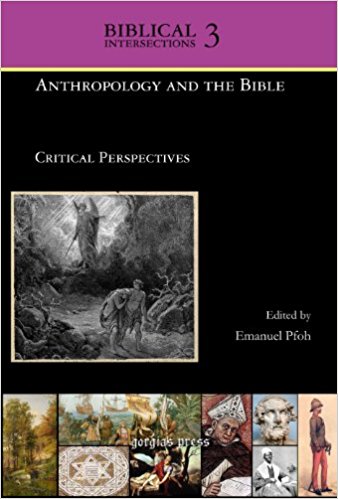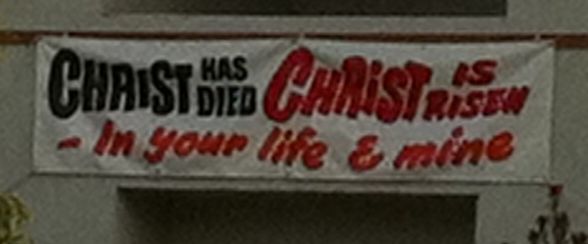Continuing from my previous two posts my little roll on Jesus Not A Myth by “anti-mythicist” A. D. Howell Smith (1942). . . .
I love reading those book reviews that introduce me to the arguments under review. I have read many worthless reviews that pique my interest in their subjects despite their efforts to turn me away. One was by a seasoned scholar who blasted George Athas’s publication of his thesis on the Tel Dan inscription. The reviewer spent most of his time attacking Athas personally (he was too much an academic novice to be attempting to discuss such a serious topic!) and appealing to the authority of traditional views. That sort of review raises my suspicions that there is something in a work by the likes of Athas that the reviewer cannot handle, so I am more curious to find out what it is.
Albert Schweitzer also outlines arguments of various mythicists of his day in order to explain what he believes are their weaknesses (and even strengths in some cases).
So it is with Howell Smith’s Jesus Not a Myth. It is not easy to track down older books on mythicism, but I was lucky to stumble across Jesus Not a Myth some years back and find it a valuable resource to catching glimpses of the contents of mythicist arguments early last century — and, of course, to compare rejoinders to those arguments.
Here is another excerpt, this time on the evidence of Josephus, pp. 15-18. Continue reading “How they used to debate the evidence of Josephus for the historical Jesus”






